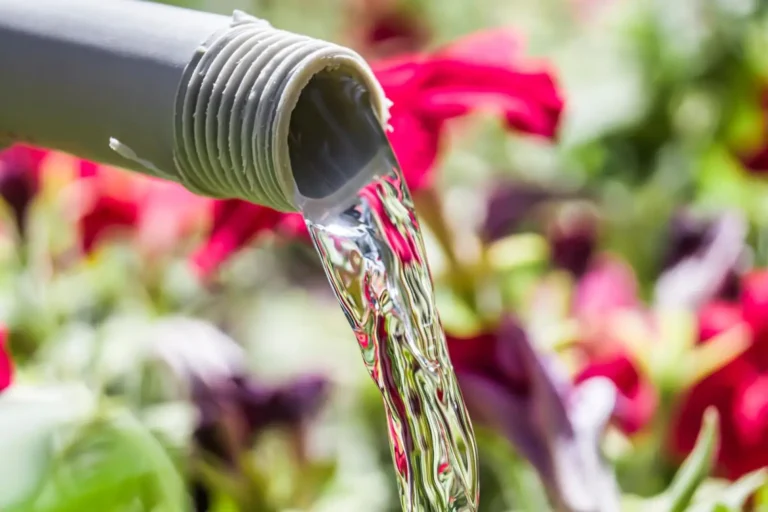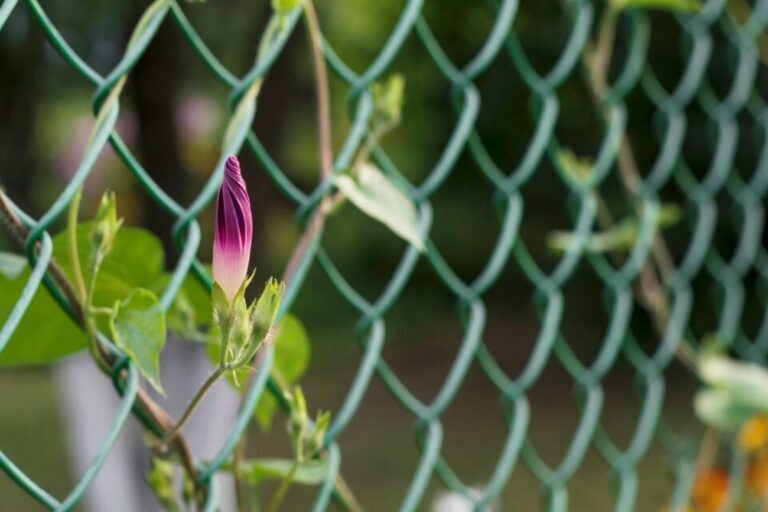Tilling a garden without a tiller may seem arduous, but it is possible and can be done with relative ease. With the right tools and techniques, you can ensure that your garden soil is adequately broken down and prepared for planting.
Whether you want to create a new bed or improve the soil quality of an existing one, this article will provide you with all the tips about how to till your garden without a tiller.
Tilling a garden is an important step in preparing the soil for planting. However, only some have access to a tiller or may prefer not to use one due to concerns about soil compaction.
Fortunately, alternative methods exist for preparing your garden bed without a tiller.
One option is using a garden fork or cultivator to loosen the soil manually. You can also try sheet mulching, which involves layering organic matter such as leaves and compost over the top of the soil and allowing it to break down naturally over time.
Another technique is double digging, where you dig down one spade’s depth and then loosen the underlying soil with a pitchfork before moving on to the next section.
Regardless of your chosen method, it’s important to ensure that your soil is well-draining and nutrient-rich. Adding organic matter like compost or aged manure can help improve both drainage and fertility.
By taking care of your soil through proper preparation and amendments, you’ll set yourself up for success when it comes time to plant your garden.
You may also like: How To Prevent Garden Chairs From Sinking In Grass?
How To Till A Garden Without A Tiller?

Check The Health Of The Soil
Before you start tilling the land of your garden, it is important to consider the location of your plot.
The location should be free from obstructions like rocks or roots and provide enough sunlight for the plants to thrive.
You can also check the health of the soil before tilling by taking a soil sample and conducting a pH test. This will help you determine if any nutrient deficiencies must be addressed before planting.
Once you have chosen a suitable location for your garden plot, it’s time to protect yourself with heavy-duty gloves.
Tilling involves using sharp blades and machinery that can cause injuries if not handled carefully or appropriately covered up.
Heavy-duty gloves protect against cuts and abrasions while allowing you to maintain a good grip on tools and equipment.
Shovel The Land
Once you have determined and cured your soil health, the next step is to dig the land. This will help loosen up any compacted areas and make it easier for roots to grow deeper into the soil. You should use a shovel to dig your soil 8-12 inches deep.
Remove any large rocks or debris that could interfere with plant growth when digging.
Additionally, if you notice any clumps of dirt or dry areas during this process, take a moment to break them apart and moisten them with water. Doing so will ensure an even distribution of nutrients throughout your garden bed.
After you have finished digging, smooth out the surface of your garden bed using a rake or hoe. Doing so will make planting easier and give your crops a better chance at success by giving them more space to grow. With these steps complete, you are ready for the final step – planting.
Remove The Rocks
Once you have gathered your wheelbarrow and garden fork, it is time to start removing the small and medium-sized rocks from the soil.
Firstly, take your garden fork and lightly dig it into the soil at a 45-degree angle. This will allow you to loosen any rocks buried within the soil without disturbing its structure.
Once you have loosened the soil with your garden fork, use your hands to remove any visible rocks from the surface.
Any small or medium-sized stones should be placed into your wheelbarrow for disposal later.
Be sure not to overlook any hidden rocks, as they can still cause damage to gardening tools or machinery.
If large stones in the soil cannot be moved with a garden fork or by hand, consider using heavy-duty equipment such as a backhoe or excavator.
These machines can easily lift and remove larger rocks from your gardening area quickly and efficiently.
Removing all of these small and medium-sized rocks will ensure that your plants have optimal growing conditions without any obstructions in their way.
Break The Lumps
Breaking large lumps of soil is an essential task before planting crops. Soil lumps can harm plant growth, hindering the proper air, water, and nutrient penetration into the soil.
Breaking these clumps can also help to mix the soil thoroughly and ensure that all parts are evenly distributed.
Two common ways to break up large soil clumps are using your hands or a rake. Using your hands is quick and easy if you work with a small area or garden bed.
It allows you to feel the texture of the soil and assess its moisture content while breaking up any lumps that may be present.
On the other hand, using a rake’s head is more suitable for larger areas such as fields or farmland.
This tool helps break up larger clods and ensures that all areas of the field receive equal attention. In general, using both methods simultaneously is recommended for the best results.
Mixing The Soil
It is a crucial step in any gardening process. It helps to ensure a uniform distribution of nutrients and moisture throughout the soil, creating an ideal environment for plants to grow.
Once you have tilled your soil, it’s time to mix it thoroughly to create a balanced mixture of the upper-level soil and subsoil.
When mixing the soil, using a garden fork or tiller is important to break up any clumps or compacted areas.
This will allow air and water to penetrate more deeply into the soil, promoting plant root growth and nutrient uptake.
At this stage, you can add organic matter, such as compost or manure, which will further enrich your soil with essential nutrients.
Mixing your soil well also helps to prevent compaction over time. Compacted soils can restrict root growth and reduce plant productivity, so ensuring your soil is mixed well before planting can help maximize yields and promote healthy plant growth.
By following these simple steps for mixing your garden soil properly, you’ll be on your way toward creating a thriving garden full of healthy plants.
Conclusion
In conclusion, tilling a garden without a tiller is possible. All it takes is the right tools, some elbow grease, and patience. Achieving the desired result might take time, but it’s worth the effort.
With careful planning and preparation, you can have your soil ready for planting quickly. So, get out there and start tilling! You’ll be proud of the results when you see your garden come to life in the springtime.


